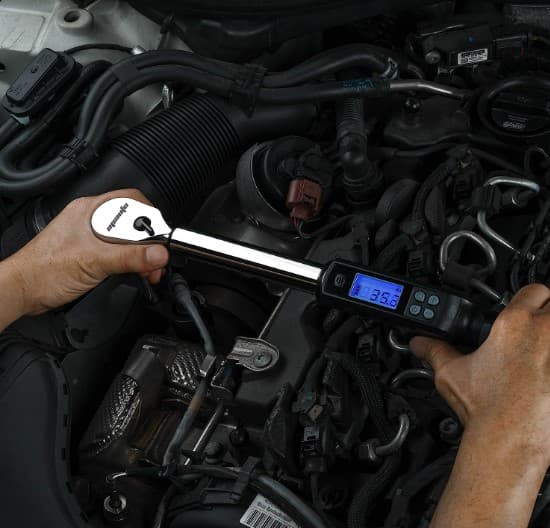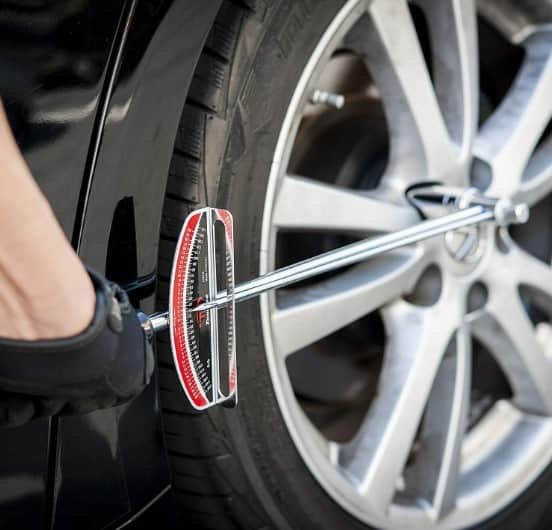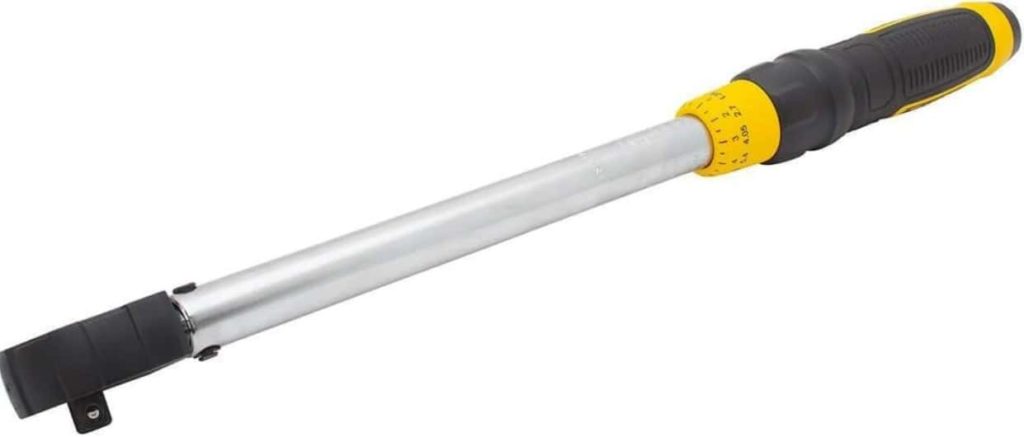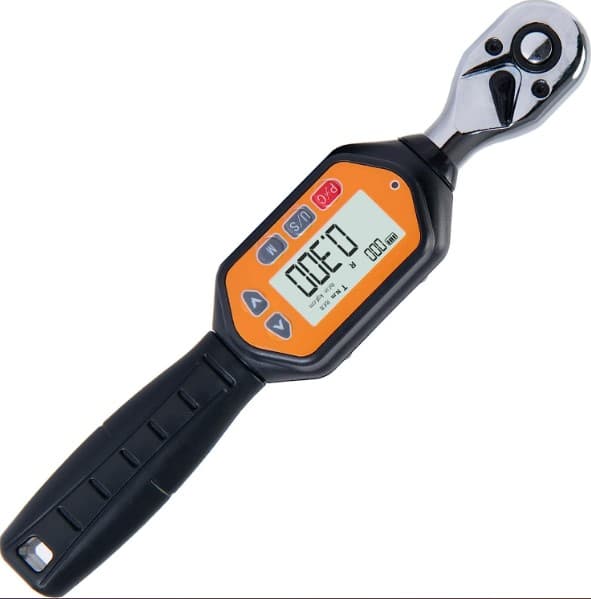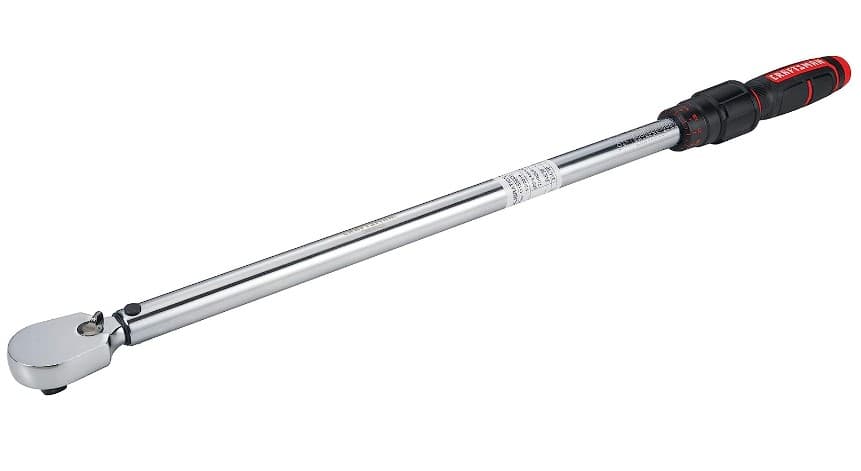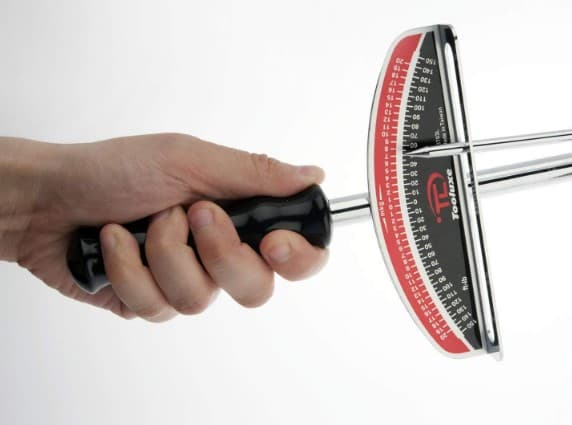Introduction
Torque wrenches are the unsung heroes of various industries because they play a pivotal role in ensuring the integrity and reliability of mechanical systems. These precision tools provide a means to tighten fasteners to specific torque values, preventing under or over tightening that can lead to catastrophic failures or compromised performance. From automotive engineering to aviation maintenance, torque wrenches are indispensable instruments in achieving accurate and consistent torque application.
The Importance of Torque Wrenches in Various Industries
In industries where precision and quality are paramount such as automotive manufacturing, aerospace, construction, and even household repairs, torque wrenches are vital for ensuring the proper assembly and maintenance of equipment. Whether it’s securing critical components of an aircraft engine or fastening bolts on a suspension system of a car, the correct amount of torque is crucial for optimal performance and safety. The consequences of improper torque application can range from minor inconveniences like leaks and malfunctions to catastrophic failures resulting in accidents or costly breakdowns.
Over-tightening can cause bolts to strip threads or stretch beyond their yield point, weakening their structural integrity. Insufficient torque may result in loose connections that lead to vibrations, material fatigue, or even complete disengagement.
Basic Working Principles of Torque Wrenches
Torque wrenches operate based on fundamental principles derived from physics – utilizing applied force and lever arms to measure and control torque accurately. At their core lies a calibrated mechanism that alerts users when a desired level of torque is reached during tightening. The working principle typically involves torsion springs coupled with various mechanical arrangements that allow controlled deflection proportional to applied force.
This deflection is then translated into an indication through visual markers (e.g., clicks), dials with pointers indicating target values or digital displays with numeric readouts. In essence when tightening fasteners with a torque wrench, the user applies force to the handle which is transferred through the wrench’s mechanics onto the fastener.
The wrench’s internal mechanisms react to this force and provide feedback that allows users to monitor and achieve desired torque levels. An essential aspect of torque wrenches is their ability to provide a predetermined level of torque accuracy.
Manufacturers calibrate these tools meticulously, ensuring they meet specified standards and tolerances. This precision enables users to confidently tighten fasteners within tight specifications adhering to engineering requirements or prescribed torque values provided by equipment manufacturers.
When it comes to selecting an appropriate torque wrench for a particular application various factors such as required torque range, reliability, ease of use, and cost come into play. Understanding the working principles of different types of torque wrenches is essential for making informed decisions about which tool best suits specific needs.
Understanding Torque
The Power Behind Rotation
Torque, in the realm of mechanics, represents a fundamental concept crucial for understanding the dynamics of rotating objects. Defined as the rotational force applied to an object, torque influences both the motion and stability of various mechanical systems.
It is the product of two essential components: force and distance from the axis of rotation. Torque comes into play when a force is applied perpendicular to an object’s axis, causing it to rotate.
The significance of torque lies in its ability to produce or resist rotational motion. In simple terms, torque acts as a driver behind movement when we twist a doorknob or pedal a bicycle.
Torque is also responsible for maintaining stability when we balance on a tightrope or navigate tight turns while driving. Understanding torque allows engineers and technicians to determine appropriate measures for controlling rotary motion in numerous industrial applications.
Measuring Torque
To quantify and communicate torque accurately different units have been established based on specific systems of measurement. The most common units used include Newton meters (Nm), foot-pounds (ft-lb), inch-pounds (in-lb), kilogram-force meters (kgf-m), and pound-force feet (lbf-ft).
Each unit provides distinct insights into the magnitude and impact of torque. Newton meters (Nm) are derived from the International System of Units (SI) and are widely used across industries globally.
Foot-pounds (ft-lb) originated from imperial measurements but remain prevalent in engineering practices worldwide. Similarly inch-pounds (in-lb) measure smaller amounts of force within compact systems where precision matters.
These units serve as tools for expressing torque accurately based on specific requirements or conventions within different regions or industries. Whether measuring automotive engine performance or tightening bolts in aerospace manufacturing, understanding torque units allows professionals to apply the appropriate magnitude of force with precision and consistency.
Importance of Precise Torque
Precise application of torque is paramount in various industries to ensure optimal performance, safety, and longevity. Consider the automotive sector; improper torque settings can lead to loose or over-tightened bolts, jeopardizing vehicle reliability or even causing accidents. For example, not torquing wheel lug nuts down can potentially cause the wheel to break loose from the vehicle. In heavy machinery or construction projects incorrect torque application may result in structural failures that put workers’ lives at risk.
In assembly lines where products are manufactured en masse, accurate torque plays a critical role. For instance, electrical connections need specific torques to maintain conductivity and prevent excessive heating that could cause system failures.
Even in delicate fields like medical devices or electronics manufacturing, precise torque ensures proper functioning and minimizes the potential for component damage. It is worth noting that different applications require different levels of precision when it comes to applying torque.
While some instances mandate exact values within a narrow range (e.g., aerospace engineering), others might allow for broader tolerances (e.g., general carpentry). Nevertheless, achieving the desired level of accuracy not only enhances performance but also prevents costly repairs and reduces risks associated with mechanical failures.
Understanding the definition of torque along with its units of measurement provides a foundation for comprehending its significance across various mechanical systems. The subsequent section will delve into different types of torque wrenches that enable professionals to apply precise torques efficiently.
Types of Torque Wrenches
Click-Type Torque Wrenches
The click-type torque wrench is one of the most commonly used and reliable torque measuring tools. Its mechanism is ingeniously simple yet highly effective.
Inside the click-type torque wrench there is a spring-loaded mechanism that allows for precise torque application. As you tighten a fastener the internal tension builds up until it reaches the desired torque value.
At this point a distinctive clicking sound is emitted indicating that the preset torque has been achieved. The advantages of click-type torque wrenches are numerous.
Firstly, their simplicity makes them easy to use and maintain. Additionally their audible click provides instant feedback to the user leaving no room for ambiguity about whether the required torque has been reached or exceeded.
Many click-type wrenches have a reversible ratcheting head which allows for both clockwise and counter-clockwise tightening. It’s important to note that click-type wrenches may have limitations when working in tight spaces or when precision in very low-torque applications is required.
Beam-Type Torque Wrenches
Beam-type torque wrenches operate based on an ingenious principle known as beam deflection. These wrenches consist of a long lever arm with a calibrated scale attached parallel to it. As force is applied to the lever arm during tightening it deflects slightly due to torsion resulting from the applied torque.
The deflection causes a pointer on the scale to move and align with markings corresponding to different torque values. One key advantage of beam-type torque wrenches lies in their simplicity and durability since they lack complex internal mechanisms prone to wear or malfunctioning over time.
Beam-type wrenches offer excellent accuracy across various ranges since they measure directly using mechanical deflection instead of relying on springs or other components for calibration purposes like other types. However, beam-type torque wrenches do not provide the same level of convenience as click-type wrenches when it comes to indicating the precise moment when the desired torque is achieved.
Dial-Type Torque Wrenches
Dial-type torque wrenches employ a dial indicator mechanism that provides visual feedback during the tightening process. These wrenches feature a calibrated dial attached to the handle which displays torque measurements as force is applied. When tightening the dial rotates and settles at a specific value that corresponds to the applied torque.
Dial-type torque wrenches offer precise and accurate readings with clear visibility due to their large and easy-to-read dials. The visual indicator eliminates guesswork providing assurance that the desired torque has been attained.
They are suitable for applications where precise measurement control is crucial or in scenarios where an audible click might be difficult to hear due to ambient noise. Dial-type wrenches tend to be more expensive and delicate compared to click or beam types, requiring careful handling and periodic calibration.
Working Mechanism - Click-Type Torque Wrenches
Internal Components
Click-type torque wrenches consist of several key internal components working in harmony for accurate torque measurement. At its core lies a torsion spring or flexing beam that stores potential energy when twisted.
As you tighten a fastener using the wrench’s handle this energy accumulates until it reaches a critical point where it causes an audible “click” sound. Within this configuration other components contribute to ensuring precision.
The mechanism includes a ball bearing or pawl that engages with teeth on a ratchet gear system during clockwise rotation but disengages when turned counter-clockwise. This allows for unidirectional tightening and more efficient use of force while preventing over-tightening.
Additionally, click-type wrenches often incorporate adjustable tension settings that enable users to set desired torque values accurately. These settings are typically adjusted using a collar or twist ring located on the handle, which alters the spring’s compression, determining when the mechanism will click.
Conclusion
Torque wrenches play a vital role in ensuring precision and accuracy in various industries. Click-type torque wrenches offer simplicity and reliability providing audible feedback upon achieving the desired torque level. Beam-type wrenches excel in durability and accuracy thanks to their straightforward beam deflection principle. Dial-type wrenches offer visual feedback for precise measurements especially in critical applications. Regardless of their type, torque wrenches empower users to apply precise amounts of force efficiently, preventing under-tightening that may lead to loosening or over-tightening that can cause damage or failure.
By incorporating these remarkable tools into our work processes we can confidently assure quality craftsmanship while maintaining equipment integrity and safety standards. Embracing the power of torque wrenches strengthens our commitment to excellence and showcases our unwavering dedication to precision engineering.
